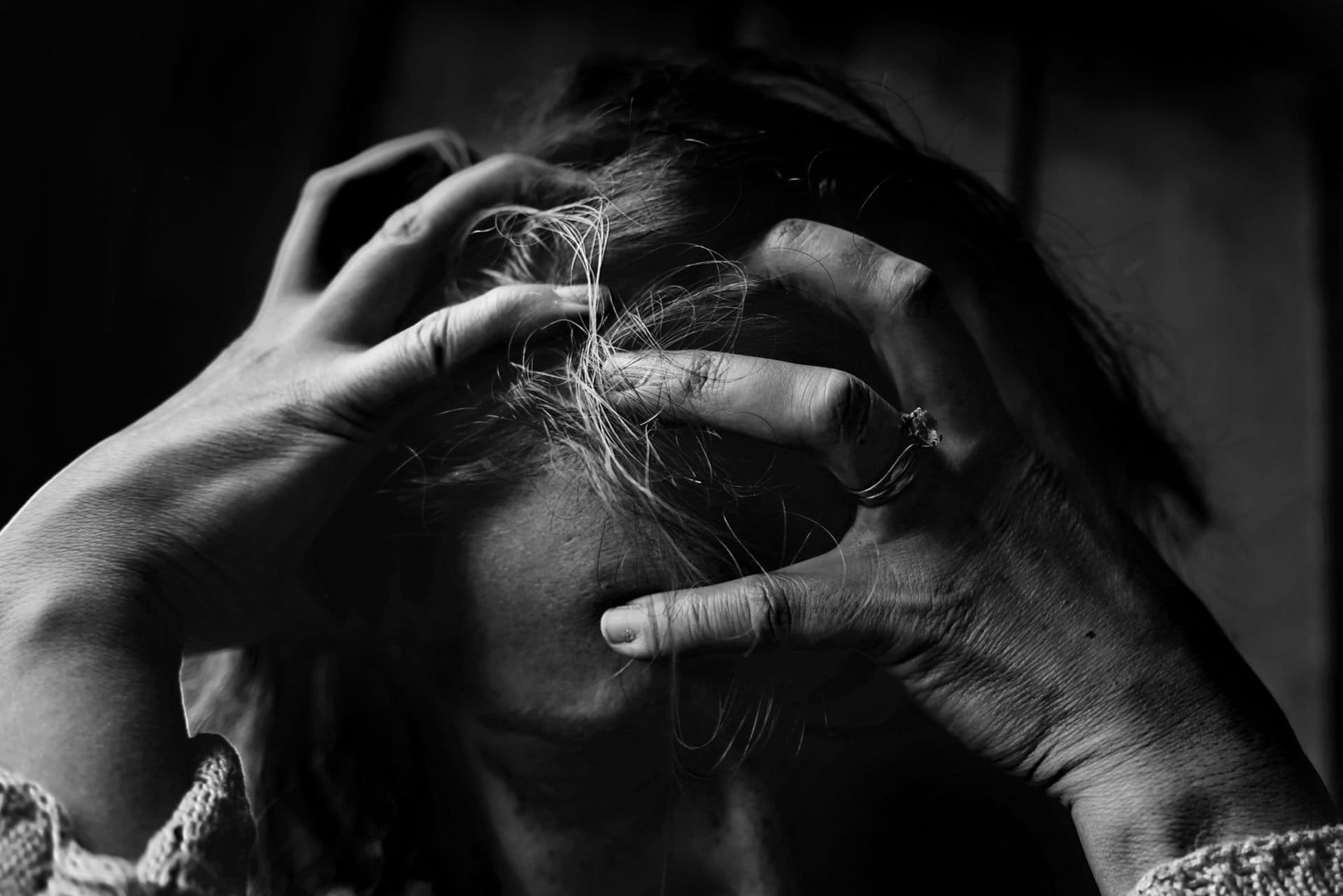

By: Lakeview Health
Xanax is a benzodiazepine. Doctors prescribe it for panic attacks or anxiety. For some people, the prescription becomes habit-forming. Here’s what you need to know about the effects of long term Xanax use.
Going Beyond the Six Weeks
Did you know that doctors should only prescribe this medication for an “as needed” use? Moreover, the use of the drug shouldn’t exceed six weeks. However, many people with an anxiety disorder receive the prescription with refills. Some develop a physical tolerance.
Doctors then increase the dose. Soon, people with an addictive tendency begin abusing the drug. Because it provides instant relaxation right out of the bottle, it’s tempting to do so. Besides that, they might try to boost relaxation with the use of depressants such as alcohol.
Typical Effects of Long Term Xanax Use
Therapists at the Xanax addiction treatment center Florida trusts routinely work with clients who slipped into dependence. They didn’t realize they developed an addiction. In fact, many thought they were firmly in control of the substance use. However, when they tried to quit because of the effects of long term Xanax use, they found they couldn’t.
These effects include a sudden slip into depression. You can’t remember things and have a difficult time concentrating on tasks. Some people feel that they become sluggish and don’t have the energy levels they used to. Besides that, they feel like they’re alienating people because of erratic mood swings.
It’s usually at this point that people struggling with the effects of long term Xanax use seek help.
Treatment Helps You Overcome a Xanax Habit
Working with a therapy facility is an excellent option. Therapists there understand the effects of long term Xanax use. They realize that you’re in an awkward position. On the one hand, the drug gave you the relaxation you needed. On the other, it now wreaks havoc in your life.
Therapists begin by talking to you about the extent of your condition. Doing so determines your care approach. Options include:
- Medical detoxification that assists with getting off the benzodiazepine without discomfort and intense cravings
- Residential treatment, which is an excellent choice when your dependency is so strong that it needs around-the-clock care
- Partial Hospitalization Program that encourages day treatment but requires you to return home at night
- Intensive outpatient program participation, which is an excellent option when you have a strong support network
- Aftercare that starts when you graduate from the program
Once you select the right treatment model, it’s time to begin therapy sessions. Cognitive-behavioral therapy is an evidence-based tool for developing new coping skills. It’s instrumental in dealing with anxiety as well as depression. Besides that, it helps you find new ways of addressing the cravings you feel.
Another therapeutic approach is transcranial magnet stimulation. It’s a non-invasive technique that shows good results for someone struggling with depression. Most importantly, therapists engage in gender-responsive treatment that focuses on your innate strengths.
Participate in Aftercare Once You Graduate from the Program
After treatment, the aftercare program assists with relapse prevention. Therapists work with you to put together the ideal setup. It may involve therapy sessions, meditation, and support group attendance. Learn more about overcoming the effects of long term Xanax use by connecting with Lakeview Health at [Direct] today.





